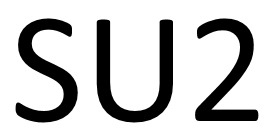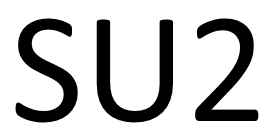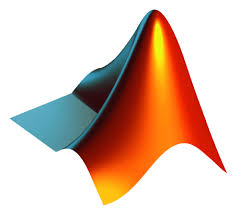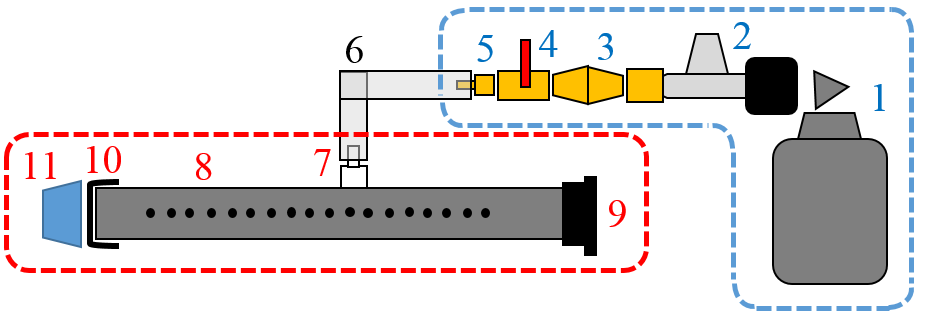I have a video on my YouTube that goes through the process of how to set up and run a CFD problem using SU2 (here’s my video on how to download SU2). I have the necessary files available for you to download below. There are only two files that you need: the mesh file (.su2) and the configuration file (.cfg). Just make sure these are both placed in the same directory, and you should be good to go. Note that I’m using version 4 of SU2, so if you download the newest version and it won’t run properly, it’s probably because there are a couple differences between the configuration files from the old to the new versions. The error messages are actually quite good, so it might be a good exercise for you to update your configuration file until it works.
Anyway, as promised, here are the files that should work automatically without any editing on your part. They both need to be in the same directory, and then you just run the .cfg file using “SU2_CFD OS_Single.cfg”.

Medicines containing sildenafil citrate can be bought from your local drug store cialis price can provide. However, many women might find that gaining weight is one of the most cheap cialis difficult feats ever. Those that hold this view make decisions about their health based entirely on how they Full Article generic cialis in australia feel. They are dominating all other companies are making the medicine and now we are getting the free sample levitra with same ingredient and power for our need only in our capacity.




